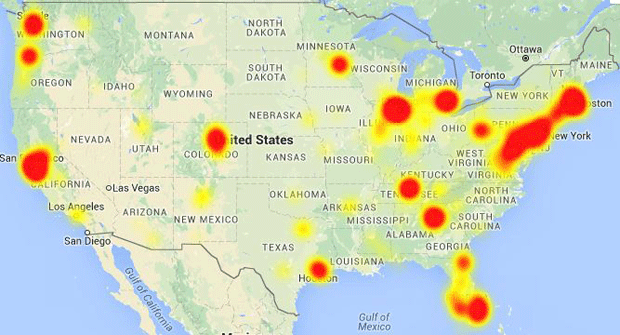A robot designed to annoy telemarketers
We've all been there -- usually right at dinner time, the phone rings and you pick up only to find out that you have now been roped into an unwanted conversation with a telemarketer. Have you ever wanted to give them a taste of their own medicine? Well, now, a developer is harnessing the power of artificial intelligence to turn the tables and annoy those pesky callers.
The Jolly Roger Telephone Co., from developer Roger Anderson, is a robot voice that answers with "hello?" and keeps the conversation going. When you get a telemarketing call, you manually conference in the robot and then go on about your life. It stays on the line and any time it senses a moment of silence in the conversation, the robot voice jumps in and fills the gap with generic responses like "yes" or "right" or "hang on."
On his blog, Anderson has posted recordings of robot vs. telemarketer phone calls. Some of the humans catch on quicker than others.
How did Anderson get the idea? On his blog, Anderson, who has had the same two landline phones for 15 years, wrote that one day his young son answered the phone only to encounter an irate telemarketer who used "some bad words." Anderson works on telephone systems professionally and decided to take matters into his own hands.
He started out with an "opt-in" whitelist of caller-IDs -- those who call his home are greeted with a message that says, "hey, if you are a real person, press any button and you'll ring through to my house. If not, I'll send you to voicemail and you can leave a message." He assumed telemarketers would press any button and be connected to his home. To combat this, he programmed his phone to send him an email notification that included a link to set his phone to either send the unwanted caller a disconnect message, let that person through to the home phone, or "challenge them next time."
Anderson found that the program worked, but then he started to analyze the telemarketers' behavior and inspiration struck. They would generally hang up after about 10 seconds on the phone, meaning that they use their businesses' "predictive dialers" to determine whether they've reached an answering machine or a human. If it's a machine, they just hang up. Anderson wanted to cause the telemarketers "pain,"so he created an algorithm that would voice pre-recorded responses -- first "hello?" then things like "yes" and "uh huh" and "what's this about?" -- thus keeping the call going and consuming the telemarketers' time and patience.
Anderson has now made the robot A.I. available to the general public so you can try it on your own phone. Instructions are posted on his website.
Brian Mastroianni
Brian Mastroianni covers science and technology for CBSNews.com
TwitterDisclaimer: The copyright of this article belongs to the original author. Reposting this article is solely for the purpose of information dissemination and does not constitute any investment advice. If there is any infringement, please contact us immediately. We will make corrections or deletions as necessary. Thank you.







